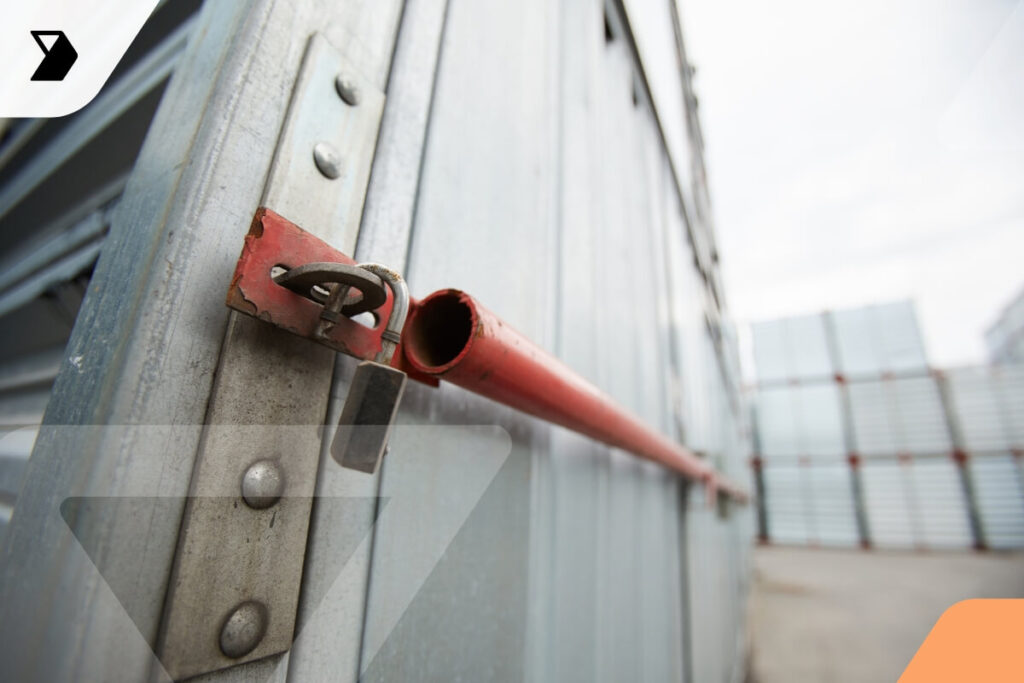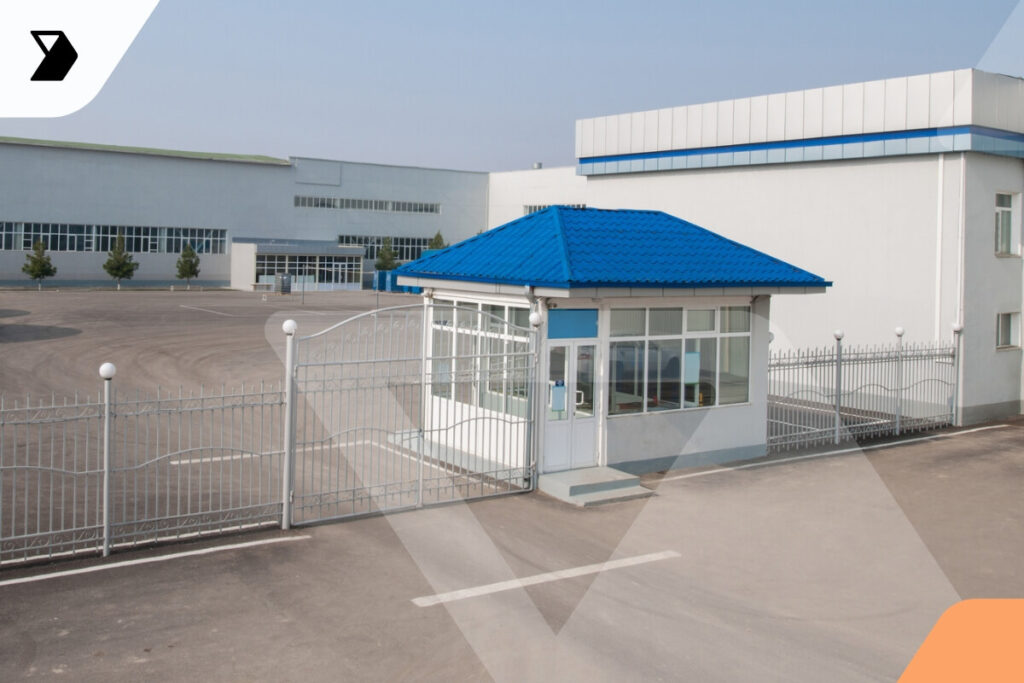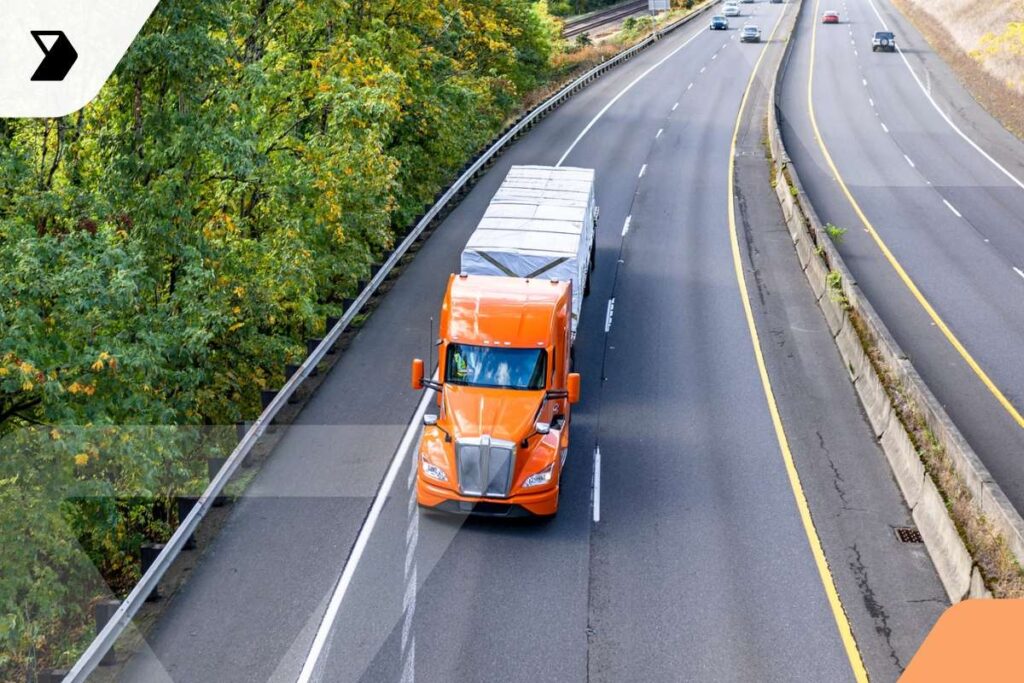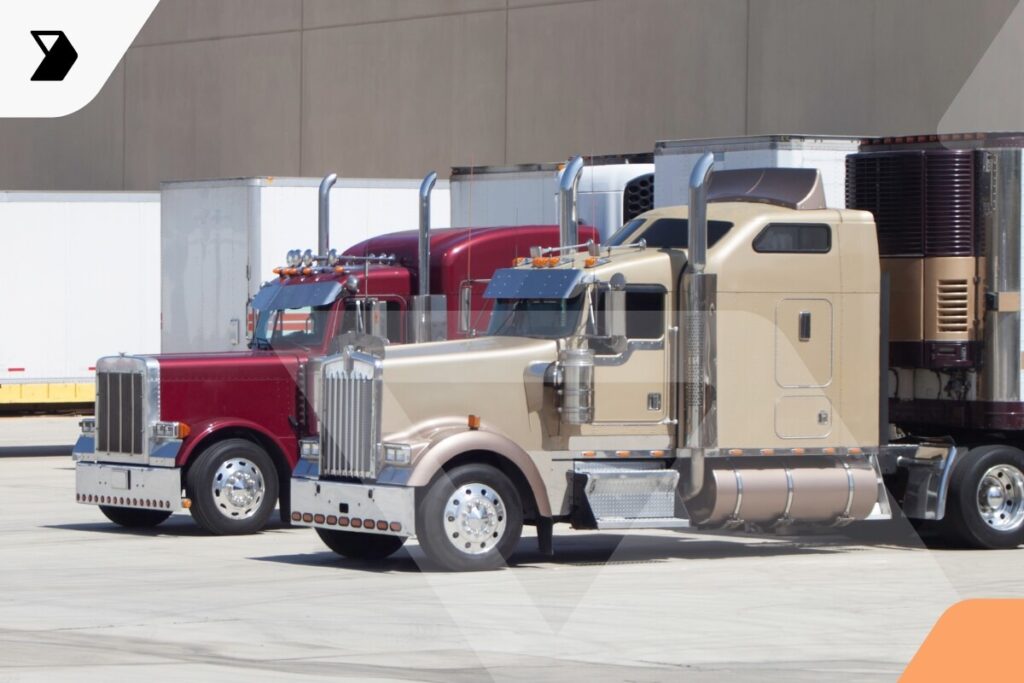Digital Transformation in Logistics: What You Need to Know
The digital transformation is coming to business. The digital transformation is already here. It happened that fast, didn't it? Amazing.
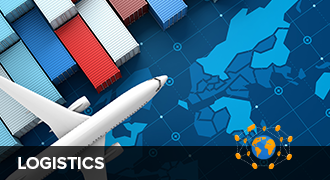
It’s even more amazing to think about where the digital transformation in logistics will go from here. In short, how will digital technological tools improve optimization, automation, efficiency, connectivity, and visibility?
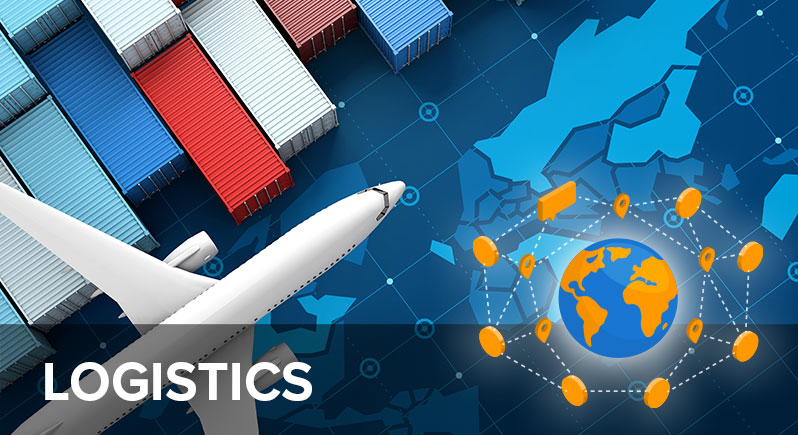
Without a doubt, digitization is going to have an ever-increasing impact on supply chains and logistics. There are many possible ways that digitization will and could affect the logistics industry. In fact, because of the way the logistics industry is driven by necessity, I believe it could play a major role in bringing digitization to the forefront of the broader economic—and societal—landscape.
Consider this article a guidebook that outlines the concepts you need to know about the digital transformation in logistics. These key digitization topics have the greatest potential impact on logistics today as well as in the future:
- Blockchain and digital currency.
- Internet of Things (IoT).
- Big data analytics.
- Artificial intelligence (AI).
- Step one to a digital transformation: e-signature apps.
That said, fans of the Transformers movies know all about the collaboration between humans and machines. The Transformers are actually a good metaphor for what the digital transformation in logistics will look like.
Be Like Optimus Prime: Be a Digital Transformation Leader
What does the digital transformation of logistics mean for you and your company? Those of us working in the logistics industry have an opportunity to take over more responsibility based on the digital tools we can use. In short, the digital transformation of logistics will use digital tools and technology to increase efficiency and productivity.
A lot of people seem intimidated by digitization. Perhaps job security is behind it. You might know what I mean. Many people look at digitization, technology, and change—and simply freeze. This is the opportunity for some individuals to step up and make an impact within their organizations.
(We’ll get into the details below, but if you’re looking for one idea for how your company can join the digital transformation in logistics, check out e-signature/ contactless freight with Vector.)
The digital transformation will facilitate greater cross-company process integration. Soon digitalization will become standard across the industry. It will bring more transparency to every facet of the supply chain that corresponds to the introduction of greater technological innovations and evolutions.
Therefore, it follows that job descriptions will change. Going forward, the ideal skill set in logistics will include an understanding of technology. Rest assured, communication will remain paramount in the digital age. Indeed, to define the processes along the supply chain based on digitization, you need communication skills. You need to listen to people to understand which factors drive business processes.
But in addition to that, you need creativity, imagination, an interest in innovation, and an understanding of how to accomplish innovation. Put these skills together. Build an understanding of digital possibilities. Those who do will become vital to their company’s competitiveness and will thus control its direction into the future.
Blockchain and Smart Contracts
Blockchain and digital currencies have been hyped now for years. We’ve watched the roller-coaster ride of bitcoin prices. We’ve seen the flood of scammy alt-coins. But blockchain has continued to evolve. It has been able to turn the corner from an emerging technology into a useful business tool. But how exactly will blockchain materialize in the logistics industry?
- Smart contracts: These are lines of code stored on a blockchain that automatically execute when predetermined terms and conditions are met.
One way to think of smart contracts is as dynamic “if-then” statements. In other words, smart contracts are pieces of code, or programs, that can be set up to run innumerable functions.
- Transparency: The key feature of smart contracts is transparency. This is the core tenet of blockchain: all transactions are essentially public pieces of code, forever stored within the blockchain.
What does that increased transparency mean? The automation of smart contracts can eliminate a host of manual checkpoints. This will increase overall commercial efficiency throughout the supply chain. In addition, blockchain could lower transactional costs and eliminate certain legal costs. So processes will move faster and cost less.
Internet of Things: Raising Visibility
The Internet of Things is a concept that’s been around for years. Like some of the scammy alt-coins that came out of the woodwork in Blockchain’s infancy, IoT has a checkered past. But IoT has moved far beyond the smart toaster when it comes to the logistics industry.
Truly, IoT seems like it was made for logistics when you consider these features:
Real-time visibility: What if the logistics industry could eliminate every check-call? Companies could theoretically do much more with a lot less staff. Real-time visibility entails components of live information tracking that include live asset tracking, live asset management, geofencing, and live vehicle diagnostics. Let’s explore each of these briefly.
Live asset tracking: GPS trackers allow companies to monitor not just a vehicle’s location at all times but also a single pallet or even a box. If logistics managers knew the exact location of every pallet and box of freight, that could significantly reduce the threat of error and lost or stolen freight.
Live asset management: Beyond GPS, IoT technology can help manage the freight inside a trailer. Produce is the classic example of temperamental freight. Imagine technology that could monitor and adjust the temperature of a trailer 24/7.
Geofencing: This IoT feature streamlines how warehouses and drivers interact. I’ve heard geofencing described as similar to an electric fence for your dog. What that means for a driver is that when they cross the imaginary line of a geofence, IoT enacts a host of processes and procedures catered to the nature of each specific shipment.
Live vehicle diagnostics: Live telematics can track a vehicle’s performance diagnostics in real time. Imagine being able to read a truck’s vitals and forecast the perfect moment for maintenance. How many issues would that eliminate? How much cash would that save?
Big Data Analytics
The digital transformation of logistics will include vast amounts of data. How do we mine that trove of data for treasure? Big data analytics and AI work hand in hand to compress data into diamonds.
For example, big data analytics can help the supply chain anticipate consumer needs. By anticipating demand spikes and valleys, businesses can avoid the double-edged sword of being overstocked or understocked. Along with avoiding incorrect stocking levels, big data analytics can also facilitate just-in-time production.
Artificial Intelligence
A leaner supply chain is more efficient and creates less waste. And the trends that uncover these efficiencies can be buried within the data. Thus, along with user-friendly dashboards, big data analytics lead to the power of artificial intelligence.
Artificial intelligence will take the predictive power of big data in logistics to the moon. Along with boosting the efficacy of analytics, AI will eventually lead to autonomous vehicles. Down the supply chain, countless robotic applications on production floors will involve AI.
OK, we’ve gotten all the way to robots and self-driving vehicles of the digital future. But what about the digital today?
Step One: e-Signature, eBOLs, and Contactless Freight
The first step of the digital transformation in logistics is contactless freight. In essence, contactless freight is also paperless freight. Contactless freight doesn’t require a manual signature. Instead, electronic signatures facilitate electronic bills of lading (eBOLs).
Thus, the paper trail of logistics can and will disappear. Contactless freight technology is available, and many savvy logistics companies already use it. The digital technology provided by a company like Vector is a great way to join the digital transformation, considering everything their simple app facilitates:
- Streamlined workflows via process automation
- Faster payments
- Improved efficiency and productivity
- More visibility and transparency across supply chain partners
- Integration with many other pieces of digital technology
Transforming the Future, One Step at a Time
We’ve covered a lot of ground today, my fellow Transformers. Fear not the Decepticons nor the future. When it comes to the digital transformation in logistics and society at large, there’s no putting it back in the Cube. Instead, we must go forward. We must evolve at the same pace as technology.
At a time when many fear the change and uncertainty that comes with technology, I urge you to be a leader. If you see the need at your company for a digital transformation, take it one step at a time. Start with Vector, and build from there.
You don’t need to do everything at once. But you should get started today! The future will be here before you know it!
This post was written by Brian Deines. Brian believes that every day is a referendum on a brand’s relevance, and he’s excited to bring that kind of thinking to the world of modern manufacturing and logistics. He deploys a full-stack of business development, sales, and marketing tools built through years of work in the logistics, packaging, and tier-1 part supply industries serving a customer base comprised of Fortune 1000 OEMs.
Subscribe to stay updated on Vector and logistics trends
" " indicates required fields
Continue reading
Ready to transform your supply chain?
Increase efficiency and productivity. Say goodbye to delays, handwriting errors, and time-intensive manual data entry.

